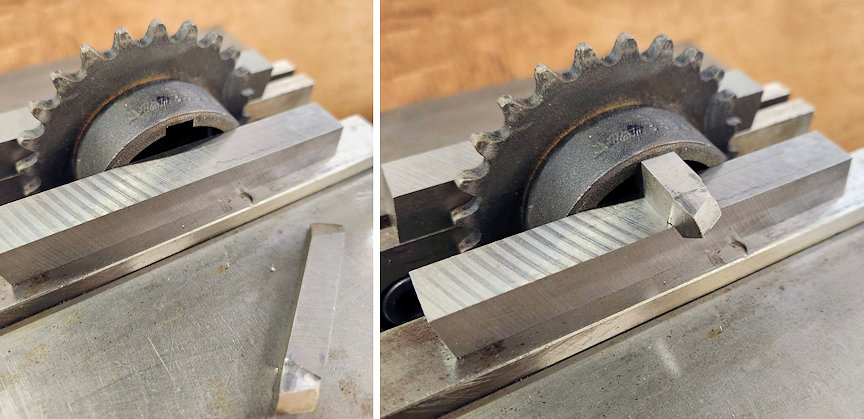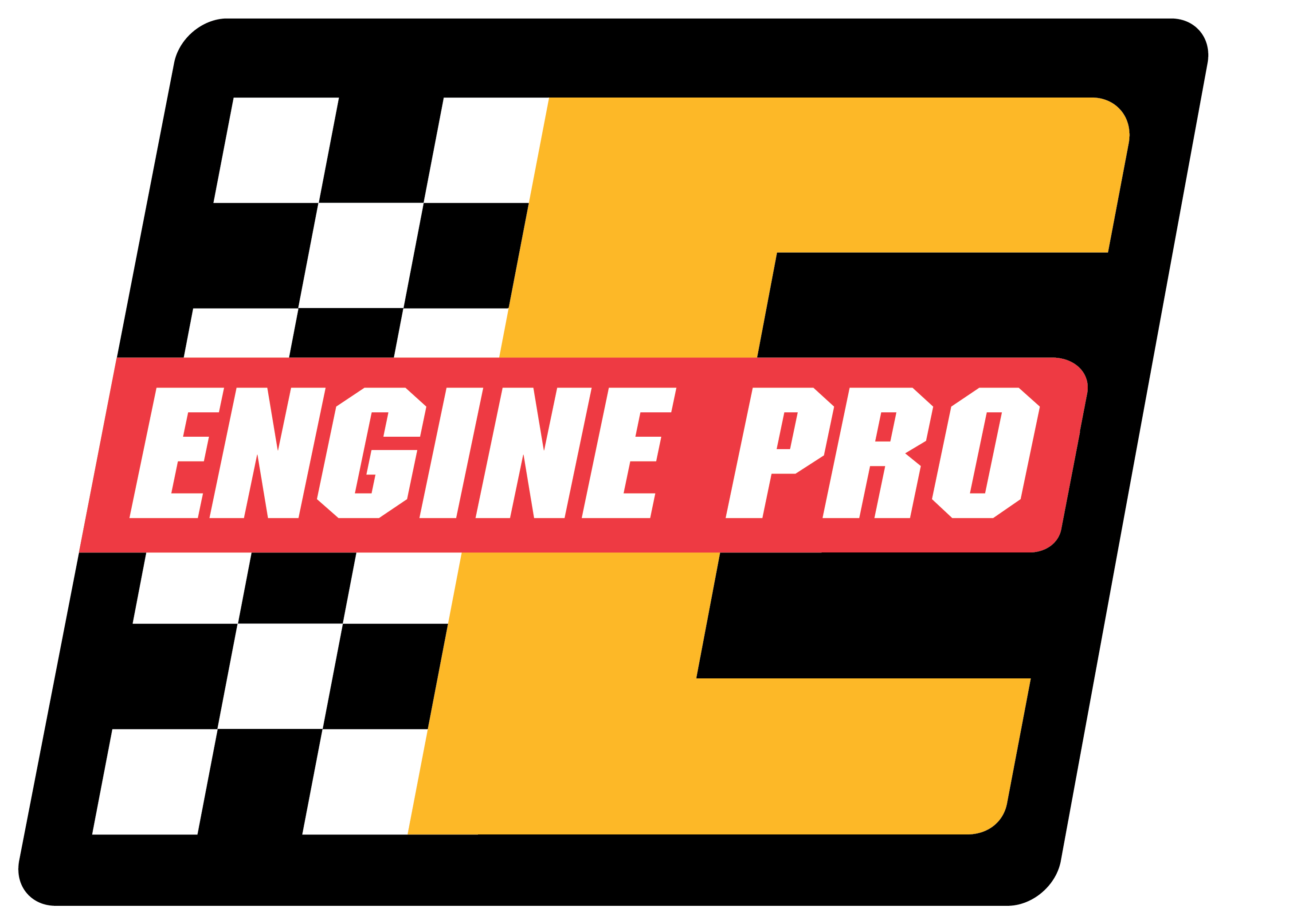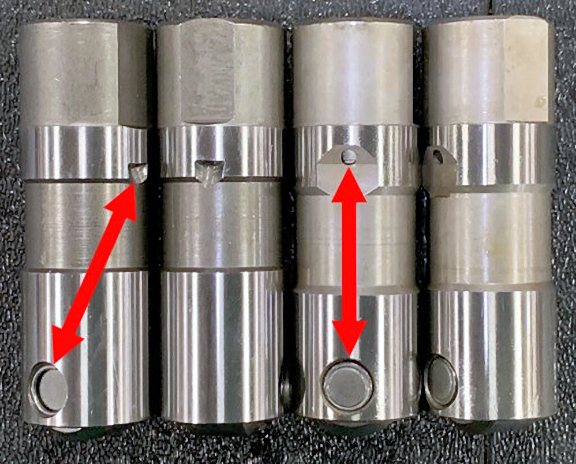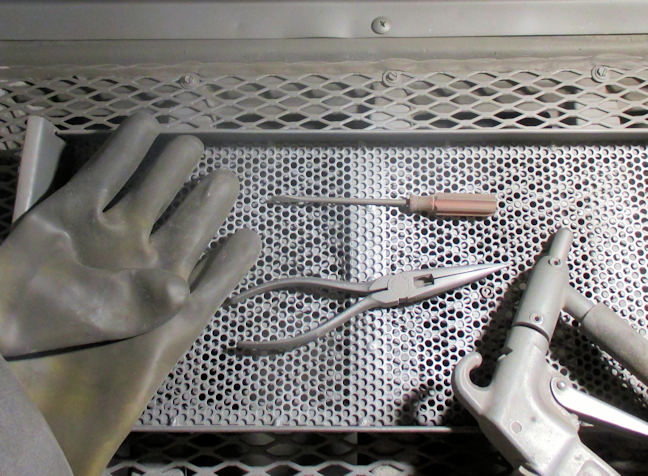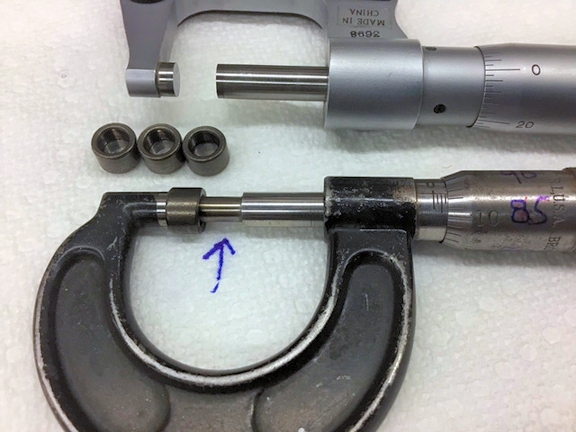EASY SET SCREW This is an easy way to align a pulley or sprocket, when drilling and tapping for a set screw on the key. Suspend the pulley (or sprocket) on a length of key stock, supported and by vise jaws. Tighten the vise to secure the pulley. Center over the keyway...
